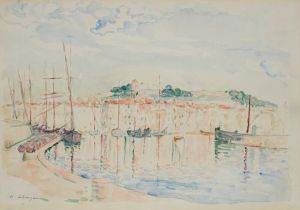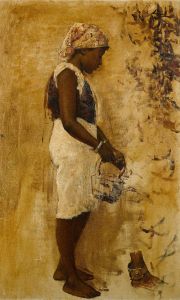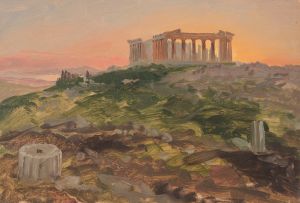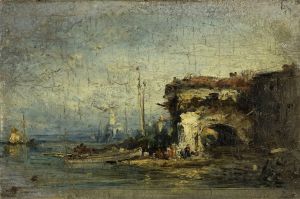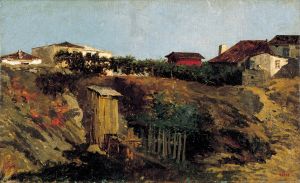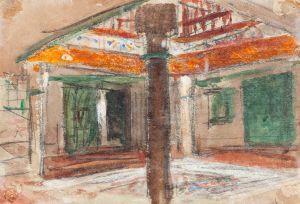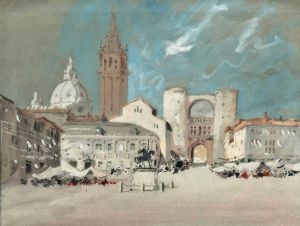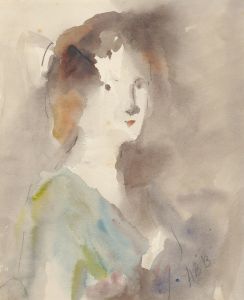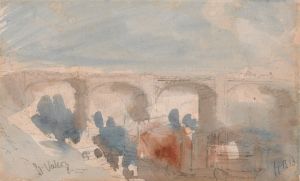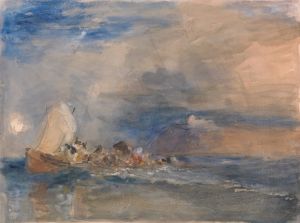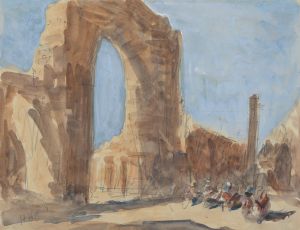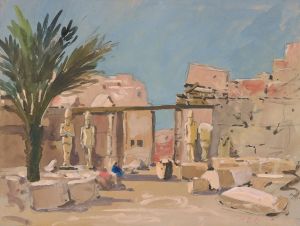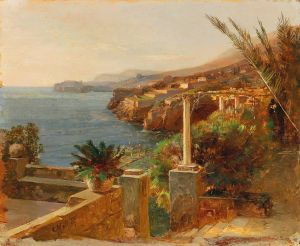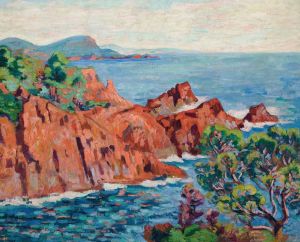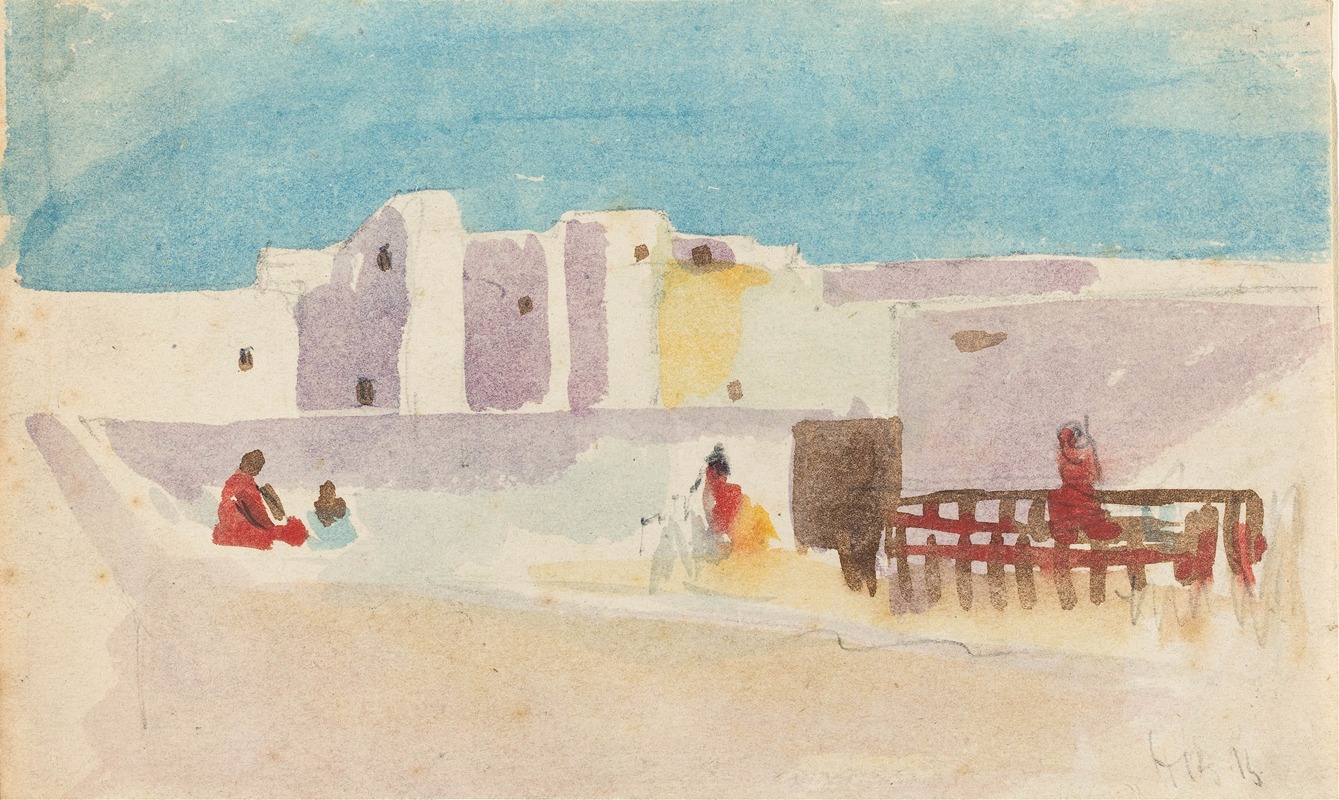
Walls of a North African City
A hand-painted replica of Hercules Brabazon Brabazon’s masterpiece Walls of a North African City, meticulously crafted by professional artists to capture the true essence of the original. Each piece is created with museum-quality canvas and rare mineral pigments, carefully painted by experienced artists with delicate brushstrokes and rich, layered colors to perfectly recreate the texture of the original artwork. Unlike machine-printed reproductions, this hand-painted version brings the painting to life, infused with the artist’s emotions and skill in every stroke. Whether for personal collection or home decoration, it instantly elevates the artistic atmosphere of any space.
Hercules Brabazon Brabazon (1821–1906) was a British artist known for his watercolors and his unique approach to capturing light and atmosphere. He was particularly celebrated for his ability to depict landscapes and architectural scenes with a sense of immediacy and vibrancy. One of his works, Walls of a North African City, exemplifies his skill in portraying exotic locations with a delicate and expressive touch.
This painting, like many of Brabazon's works, is a watercolor. It likely depicts a scene from one of his travels in North Africa, a region he visited during his extensive journeys across Europe, the Middle East, and North Africa. Brabazon was deeply influenced by the Romantic tradition and sought to capture the essence of the places he visited rather than focusing on precise architectural or geographical details. His works often emphasize mood, light, and color, which can be seen in the soft, atmospheric quality of Walls of a North African City.
The painting portrays the exterior walls of a city, possibly a medina, which is a characteristic feature of many North African urban centers. The walls are rendered with a loose, impressionistic style, allowing the viewer to sense the texture and age of the structure. The surrounding environment, likely including elements of the arid landscape typical of the region, is suggested rather than explicitly detailed, leaving much to the imagination. This approach aligns with Brabazon's philosophy of art, which prioritized the emotional and sensory experience of a scene over strict realism.
Brabazon's work was not widely recognized during his lifetime, as he painted primarily for his own enjoyment and did not seek commercial success. However, his talent was acknowledged by contemporaries such as John Ruskin, who praised his ability to capture the spirit of a place. Today, Brabazon's paintings are appreciated for their lyrical quality and their contribution to the development of watercolor as a medium for artistic expression.
Specific details about the exact location depicted in Walls of a North African City are not documented, as Brabazon often avoided labeling his works with precise titles or descriptions. This lack of specificity reflects his broader artistic intent to evoke a universal sense of beauty and wonder rather than create a literal record of a particular place.
The painting is part of Brabazon's broader body of work, which continues to be studied and admired for its innovative use of watercolor and its ability to convey the essence of diverse landscapes and cultures.





